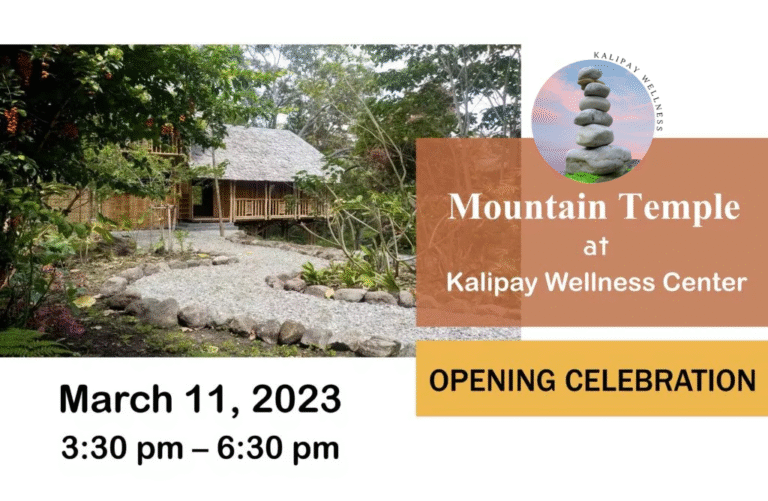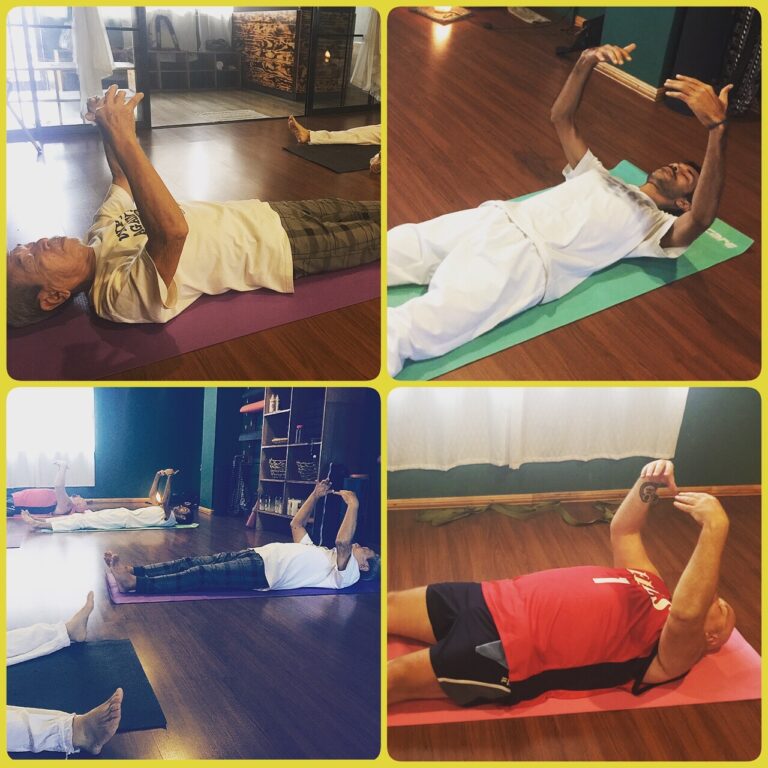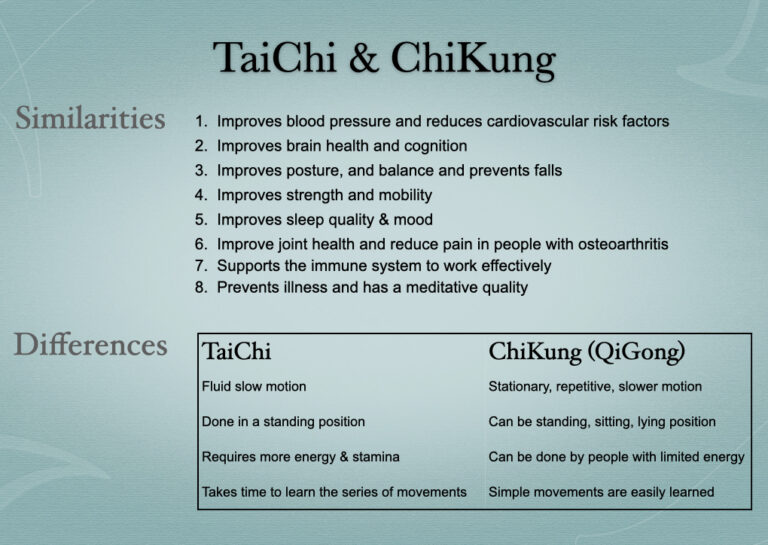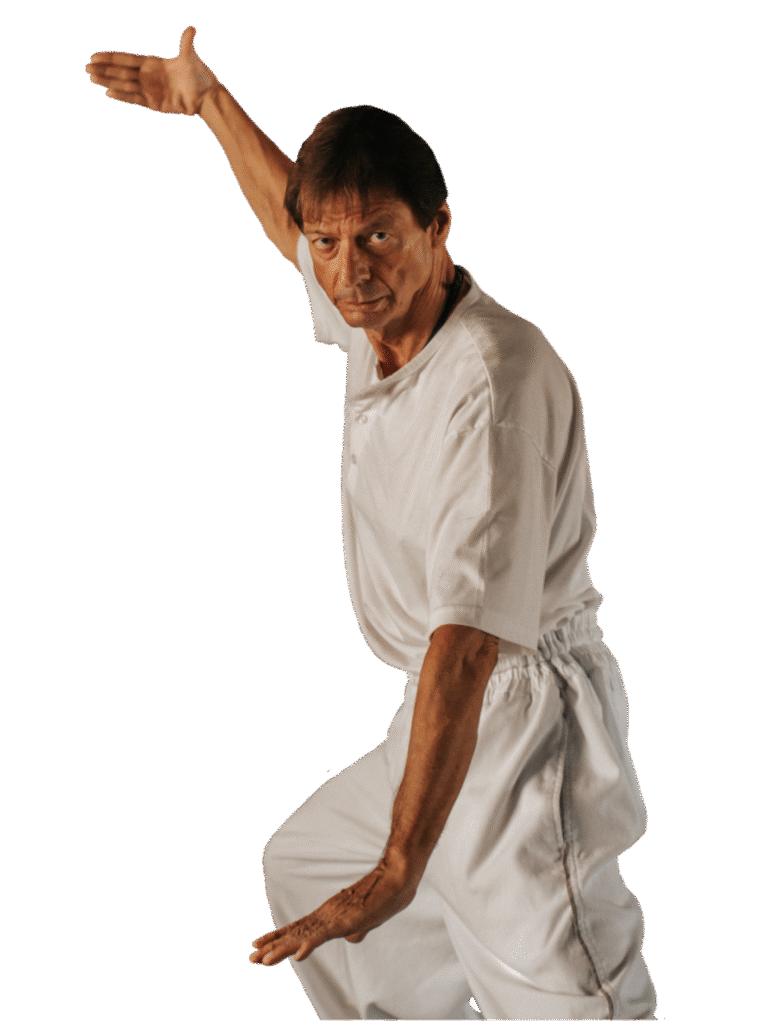Energy Training – back into “the now”
Energy training – what does it mean?
The expression of energy represents the strengthening and health aspect of martial arts knowledge. It is clear that traditional martial arts inherently contain this knowledge: while physical strength certainly gives a person an advantage in confrontation, mental strength and emotional control are even more important.
The struggle in a direct confrontation with a potentially fatal outcome is one of the greatest stresses a person can face. Martial arts include techniques to manage such stress, helping practitioners remain calm and capable of action. They teach us how to release tension caused by trauma or seemingly hopeless situations. These techniques can easily be applied to the less dangerous, yet still demanding, challenges of modern everyday life. Practitioners can experience their liberating and revitalizing effects daily, gaining more energy to handle responsibilities, maintain good health, and positively influence their lives and the lives of those around them.
This energy component has always been a fundamental part of martial arts training. Over the years, many practitioners have deeply explored this aspect, uncovering a wide range of effective methods. The understanding of energy is integrated into every discipline. In dedicated energy training, this element is approached in a calm and gentle manner. The practice includes time-tested techniques suitable for those with a Western lifestyle, offering benefits such as morning activation or evening relaxation and peace of mind.
This sets it apart from methods adopted directly from Asian traditions, which may not be suitable or accessible for everyone at every stage of life. As a holistic training system, energy work supports all aspects of a person, strengthening and enhancing the body’s flexibility, balancing and uplifting emotions, and either calming or energizing the mind, depending on the need.

Following the principle of “body over mind”, the body is worked on through active and passive movement combined with breathing. Every habit, every thought pattern, and every inherent emotion has its reflection in the body. The influence of memories and emotions on the musculoskeletal system and organs is also widely recognized today. By continuing proper training, you can not only bring your body into balance but also overcome internal obstacles on an emotional and mental level. The refreshing feeling of inner balance, the tension-free body, and after a certain period of practice, also the experience of chi, the life force mentioned in the traditional health schools – you just don’t want to miss it over time.
Of course, unlike in the early 80s, today you can already find short instructions for individual breathing and relaxation exercises in every booklet or video blog, the “invention” of which an individual author attributes to himself. However, this only does justice to the complexity and tradition of this science to a very limited extent, because a teacher responds individually to the circumstances of the trainee. Also, the newly “invented” exercises are mostly already known for many hundreds of years. So there are, e.g., records of Sufi orders, which document their continuous research on the effect of breathing on humans for more than a millennium.






